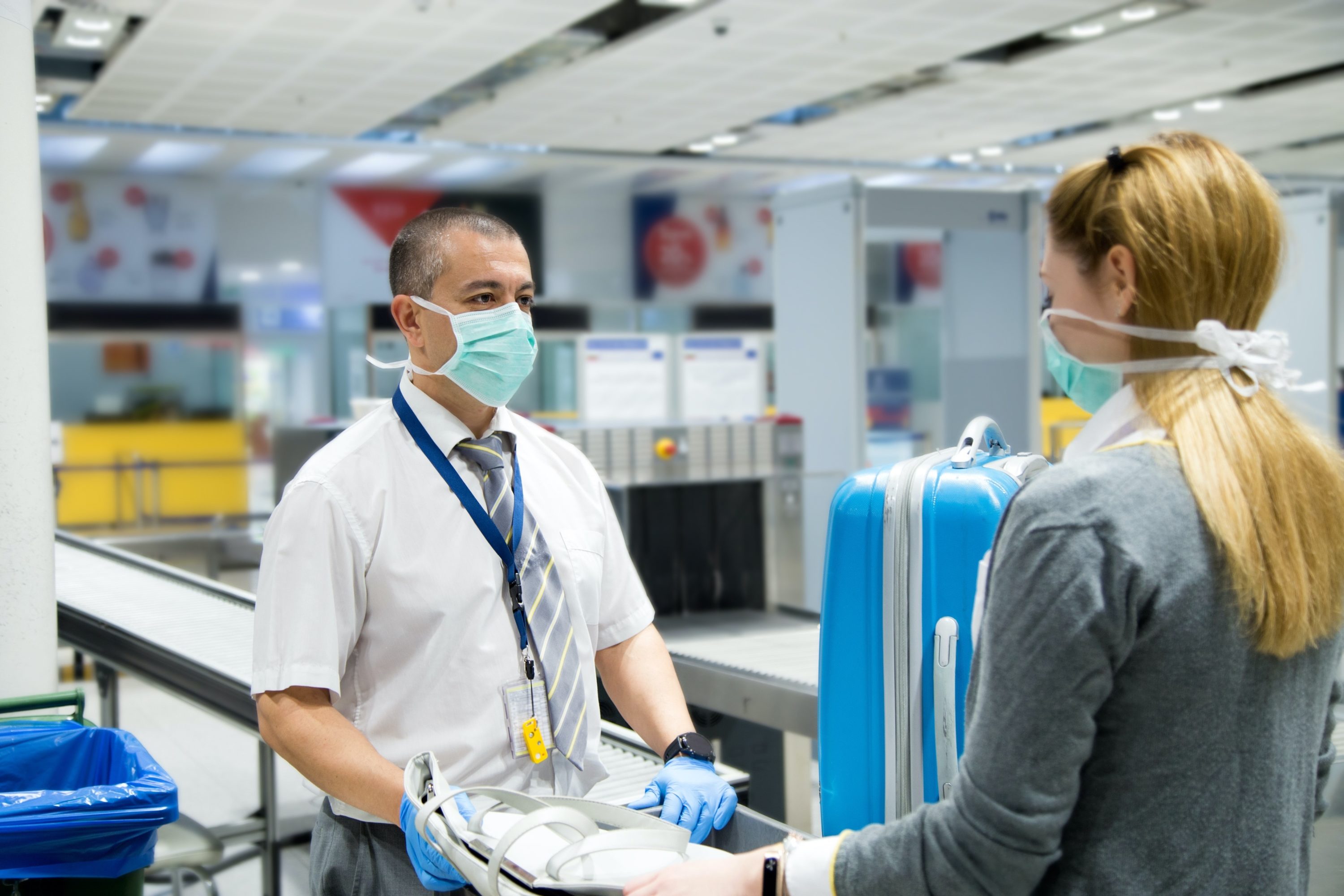The Boeing 747 is beautiful, distinctive and has half a century of proud service behind it. But – as a passenger plane at least – it is also quite simply outdated. A four-engine aircraft, it is far less efficient than modern twin-engine models, such as the Airbus A350, the 787 Dreamliner, or even the older Boeing 777 – all of which are cheaper to run. Before the Covid-19 crisis, the writing was on the wall. Airlines such as Air France, Delta and United had already retired their fleets.
Now, British Airways – the world’s largest operator of jumbo jets, with 31 in their fleet – has said it will retire all of its Boeing 747s as it suffers from the sharp travel downturn. The airline has decided the ‘Queen of the Skies’ is a luxury it can no longer afford.
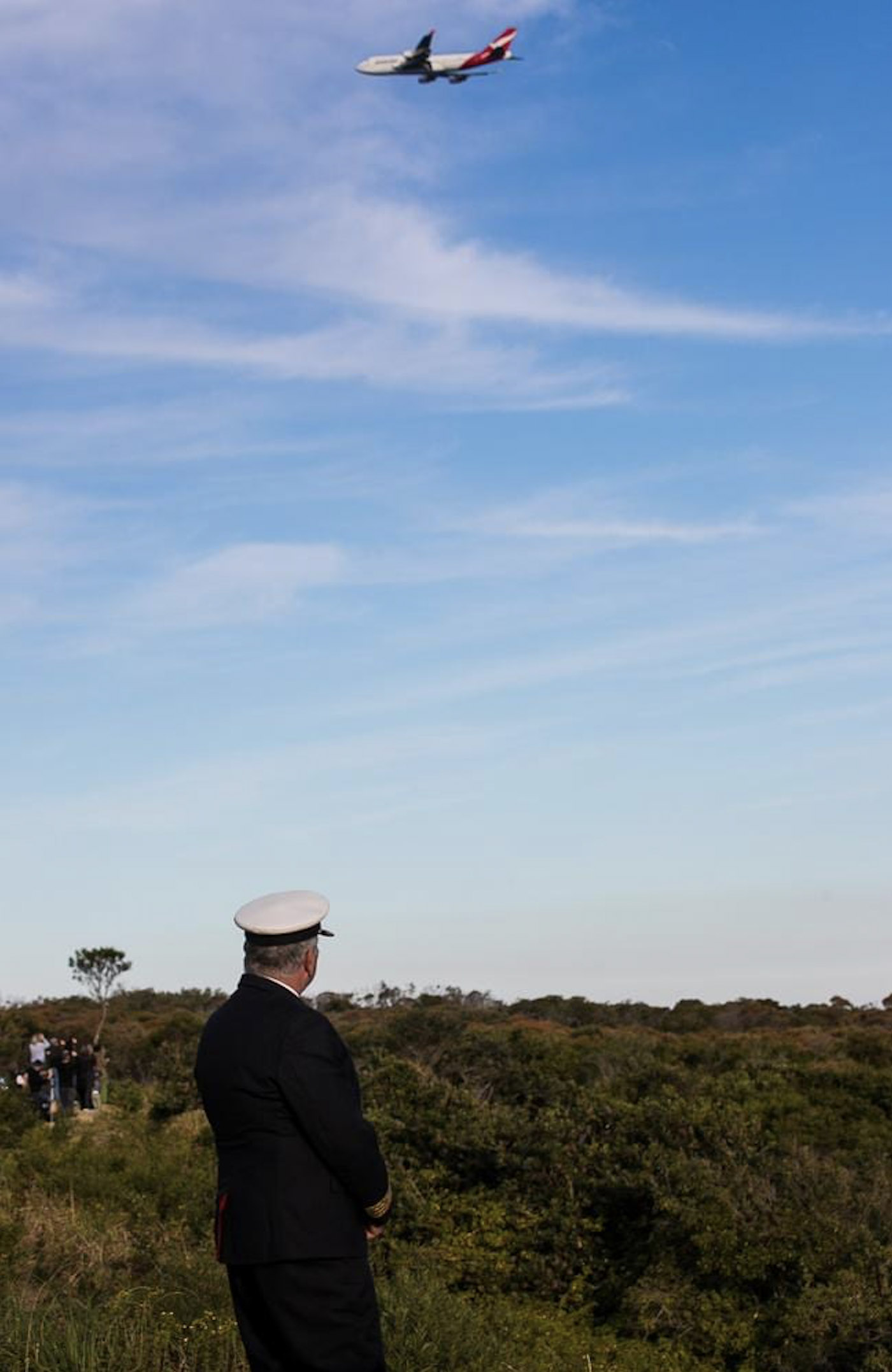
BA had planned to use them for another few years. But the crisis in the industry means a future in which there will be fewer passengers, fewer planes – and keeping costs down will be crucial.
“It is with great sadness that we can confirm we are proposing to retire our entire 747 fleet with immediate effect,” a BA spokesman said.
Airlines across the world have been hit hard by coronavirus-related travel restrictions.British Airways has joined a long list of airlines who have recently decided to ground the 747s in their fleets.
“It is unlikely our magnificent ‘queen of the skies’ will ever operate commercial services for British Airways again due to the downturn in travel caused by the Covid-19 global pandemic,” the spokesman added.
It had planned on retiring the planes in 2024 but has brought forward the date due to the downturn. According to travel data firm Cirium there are about 500 747s still in service, of which 30 are actively flying passengers. More than 300 fly cargo and the remainder are in storage.
“This is not how we wanted or expected to have to say goodbye to our incredible fleet of 747 aircraft.” Alex Cruz, Chairman, and CEO of British Airways said in a statement. “It is a heartbreaking decision to have to make. (…) They will always hold a special place in our hearts at British Airways.” Cruz said.
The Jumbo’s Proud History
The Boeing 747 was the first widebody ever, and British Overseas Aircraft Corporation (BOAC) was not exempt from the list of initial customers. In April 1966, BOAC was authorised to place an order for six 747-100, further extended to five by the end of that year, taking the initial number to 11 aircraft. The first Boeing 747-100 for BOAC (G-AWNA · MSN 19761 · LN 23) first flew on March 15, 1970, with delivery a month later on April 22, 1970. The airline became the second European airline in taking delivery of the jumbo after Lufthansa (LH).
Despite the fanfare and the media hype around the Jumbo, the early reception from BOAC pilots was lukewarm, as they demanded a new pay deal. Negotiations took longer than expected, keeping the BOAC jumbos on the ground for almost a year. Finally, once the dispute was settled, the airline launched its Jumbo service from London-Heathrow (LHR) to New York on April 14, 1971 —a destination that has been commonplace with the British 747 ever since.
By the time BOAC merged into BA in 1974, the airline had 15 747 in service, with four more added before the end of the 1970s. The type was so popular among travellers that BA built its long-haul network around the type, signing 19 747-200 in June 1976. The first 747-200 (G-BDXB · MSN 21239 · LN 302) arrived in June 1977, but once again, its entry into service was not exempt from industrial actions.
The operational expertise of BA with the Jumbo for more than 15 years gave the airline a place in a consultative group alongside six other airlines to develop a next-generation 747. The recommendations of the group shaped the 747-400, the most successful variant built to date. BA welcomed its first 747-400 (G-BNLA · MSN 23908 · LN 727) on June 31, 1989. Although BA ultimately decided to place an order for the Airbus A380 and not for the 747-8 in passenger service, BA wet leased three 747-8Fs to Global Supply Systems (XH), fully adorned with the current British Airways colours. The type lasted in the fleet until 2014.
As years passed, the iconic 747 became intimately linked to the history of BA. In 2016, British Airways became a sponsor of the GB Olympic and Paralympic team for the games in Rio de Janeiro. The airline used one of its 747 (G-CIVA · MSN 27902 · LN 967) to bring the team to the event and back home, adorned with special markings. The importance of the 747 in the history of BA is such that to commemorate the centennial of the airline in 2019, the airline brought back three of its iconic liveries (commonly known as BOAC, Negus, and Landor), which together with an Airbus A319 with the colors of British European Airlines (BEA), were a treat for those aviation enthusiasts at heart.
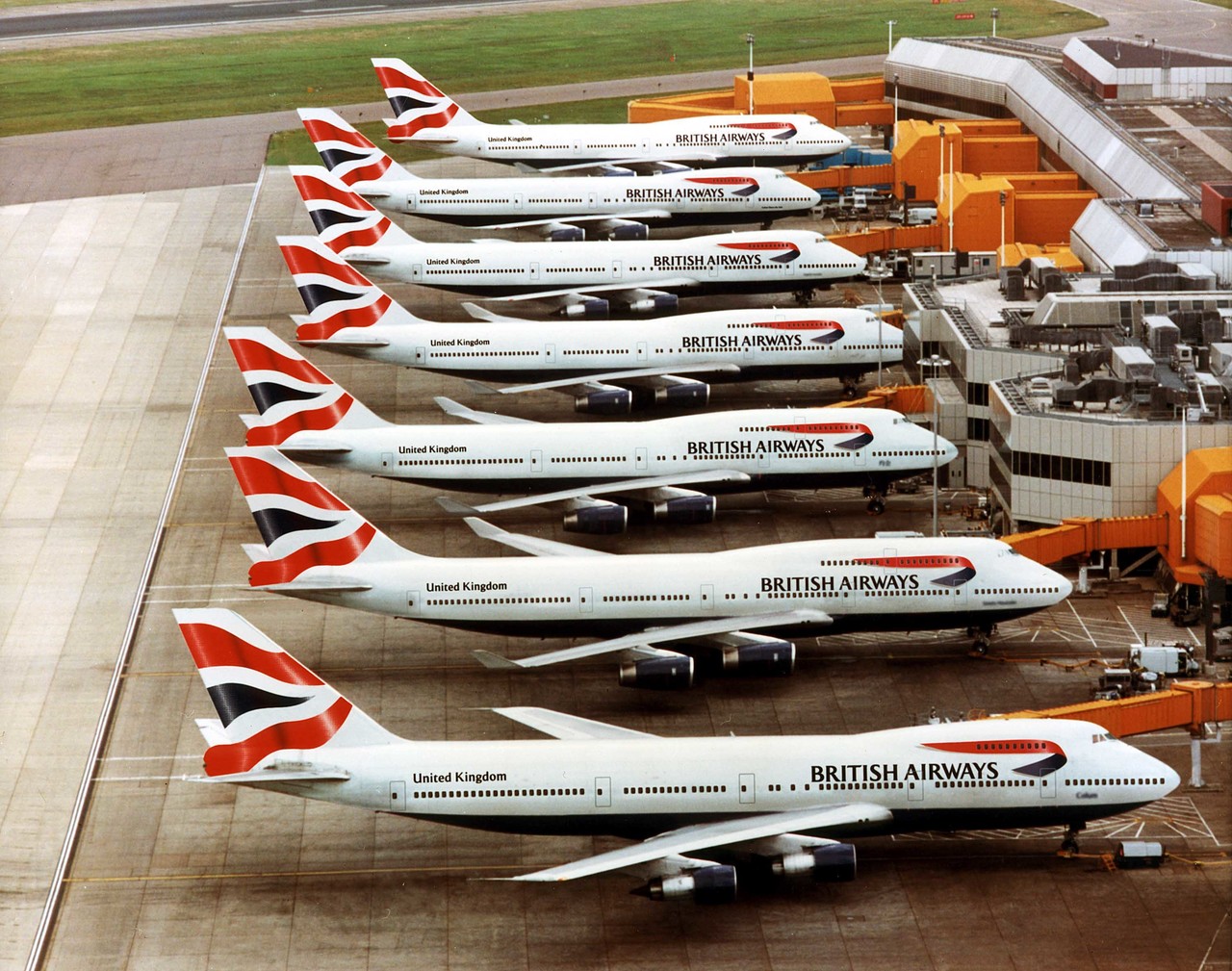
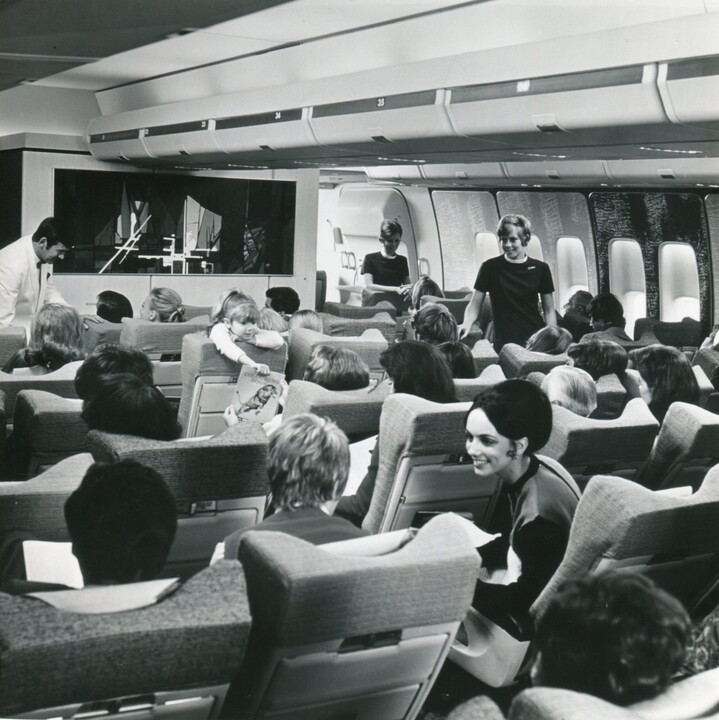
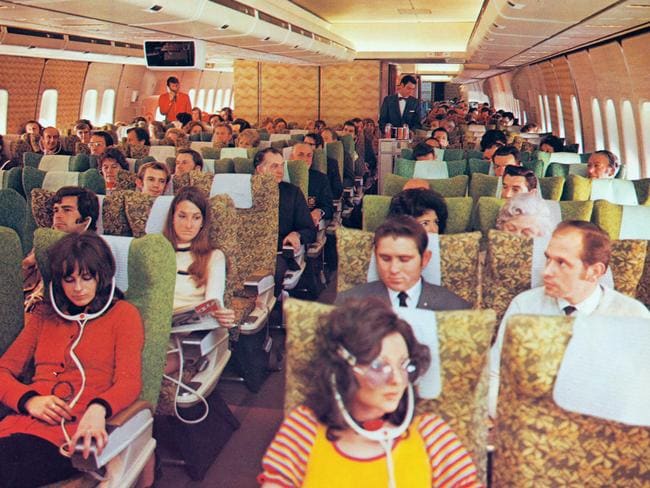
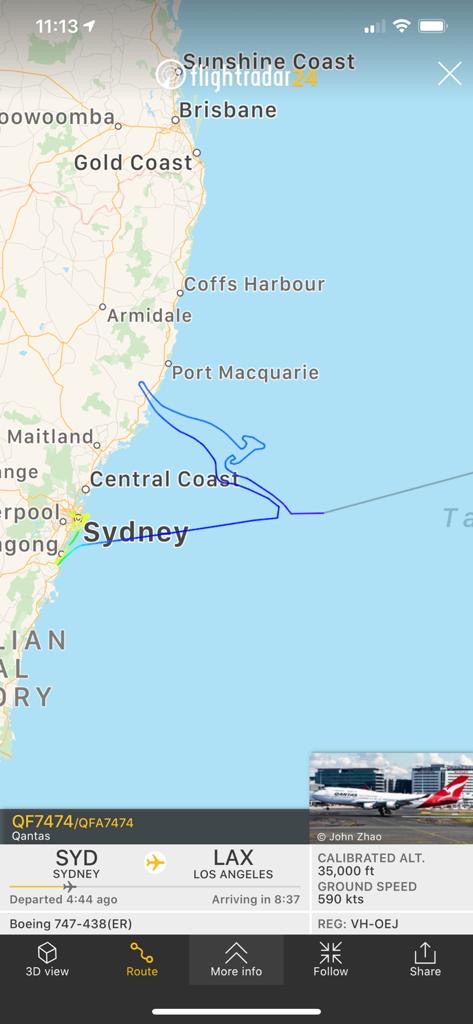
End of an Era
BA aren’t the only airline to recent say goodbye to then 747. On 22 July, the last Qantas Boeing 747 went out with a bang – or a hop. Watching along on the flight radar path, the aircraft could be seen drawing the company’s iconic kangaroo logo. The Queen of the Skies is completed its last flight before retiring from the Qantas fleet. After 50 years of service, the Boeing 747 aircraft will no longer service the Australian airline, which will be sending the iconic aircraft to California – where several others now sit – to be parked and stripped for parts in the aircraft graveyard in the Mojave Desert.
Flight QF7474, a Boeing 747-400, started its final flight out of Sydney at 2pm local time flying over the Harbour Bridge, the city’s CBD, northern and eastern suburb beaches as well as the HARS Museum in Albion Park. Greg Fitzgerald, who was the co-pilot for the flight, said today would mark the end of a significant chapter in Australia’s aviation history.
“Everybody in Australia, everybody in the world knows the shape of the 747,” he said. “It’s like Aeroplane Jelly and Vegemite – it’s always been there. We don’t know life without the 747.”
Qantas received its first 747 jumbo jet in August 1971, make international travel for Australians possible for millions because of their size, range and reliability. The aircraft, in addition to being a passenger plane, has been used in the past for numerous rescue missions – including flying 674 passengers out of Darwin in the aftermath of Cyclone Tracy and, more recently, hundreds of stranded Australians home from the COVID-19 epicentre of Wuhan in February this year.
Just as the Concorde captured the imagination of thousands around the world, the Boeing 747 will forever be remembered as a true British Ambassador as the longest-serving aircraft in the fleet of the airline, with a span of 51 years of service.
Long Live The Queen of the Skies!
To help you navigate the changes of business travel, we’ve created the brand-new Traveller Toolkit. This invaluable online resource is packed full of easy-to-use guides and checklists for every stage of every journey. We detail exactly what you need to know and do before, during and after your trip.
You’ll also find innovative and interactive virtual trips, which walk you through each step of being at the airport, on the train and in the hotel. You can even check the travel restrictions and health status of your destination with our comprehensive COVID-19 Country Tracker, updated five times daily to ensure you have the very latest information to help keep you and your travellers safe.
Travel is changing. With common sense and a good TMC behind you, travellers can have the confidence to once again take to the skies. It’ll soon be back business as (un)usual.
